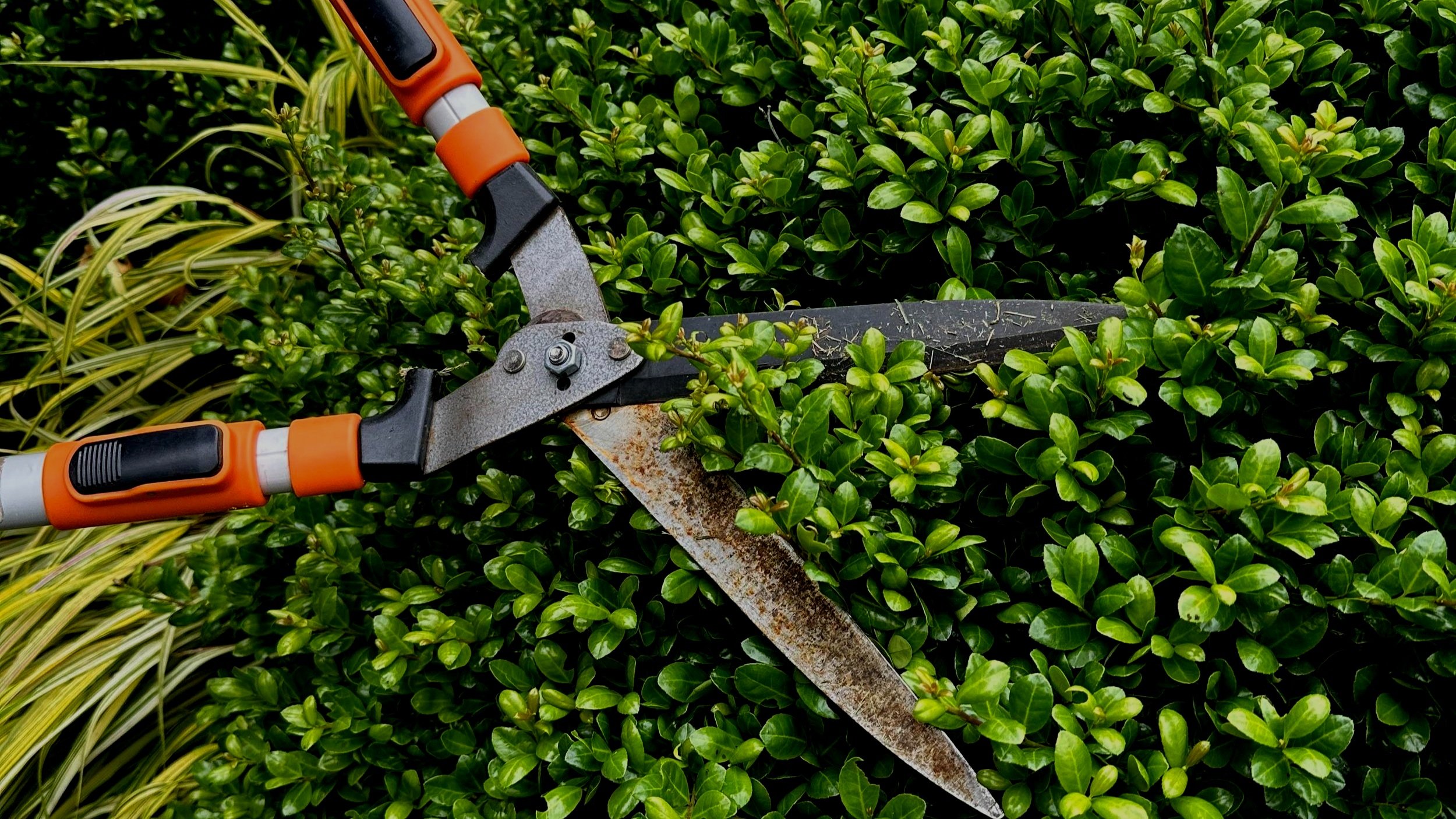April is always a busy month for gardeners, with a multitude of chores clamoring for our attention. In the case of our lawns, April is possibly the most critical month to get back on track. Here are some things to consider for a healthy and beautiful lawn…
As I look around my neighborhood (while hunkering down), I can’t help but notice some of the typical mistakes that homeowners commit concerning their lawns. First, they tend to mow too closely - which scalps the crowns of the grass and weakens the individual lawn plants. Second, they rarely, if ever, sharpen their mower blades which has the effect of bludgeoning those poor helpless grass plants and turning their leaf tips brown. Lastly, they mow in the same direction every week which causes compaction and ruts to form. Mowing at 2 to 3 inches tall, with a sharp blade, while changing the direction you mow weekly will all go a long way to improving the looks of your lawn and cost virtually nothing.
It is important to think of a lawn as a very heavily congested mass of individual plants that are all competing for light, food, and water. Even if you are not dealing with moss and weeds, one of the best things you can do is to thin out the turf with a dethatching machine. This is really no different than thinning out the shrubbery after it has grown for several years. Cleaning out the old dead limbs can give a failing bush a whole new lease on life, and the same applies to the lawn. In the case of lawns, we are also thinning out the root system so there is room for new ones to grow. Aeration will help to accomplish this thinning task as well.
Before thinning the lawn, it is smart to control the moss, if it has built up over the winter. Lawns that are in too much shade will always have problems with moss. Iron is the most common product used and aside from turning cement a rusty color, it will turn the moss black and slimy and the grass a dark green. Let it work its magic for two weeks before you dethatch your lawn. Older lawns will also tend to have a good amount of bent grass in them, which will generate a lot of thatch, so plan on filling your yard waste bin several times. This is the one time it is okay to crop the lawn close.
Once the turf has been sheared back, it is time to apply lime and a good organic slow release fertilizer. If you have some bare spots, spread some seed (at a light rate of 2 pounds per 1000 square feet) and then top dress it with an eighth of an inch of compost to keep the seed moist. Your lawn will look a little rough for a couple of weeks, but trust me, it will hold up a whole lot better come summer.
Once your renewed lawn has been mowed 3 times, you can spot spray with a broadleaf weed killer to control any clover or dandelions. Avoid weed and feed products, as they put way more herbicide into the environment than is needed.
Obviously, there are diseases, insects and moles that can also give us grief when it comes to lawns, but a good thinning once a year will go a long way to keeping our lawns healthy. It is no different than thinning out your perennials or fruit trees. The result is to create some breathing room for future growth and April is the ideal time to do it. Until next time, stay safe and keep on gardening.



